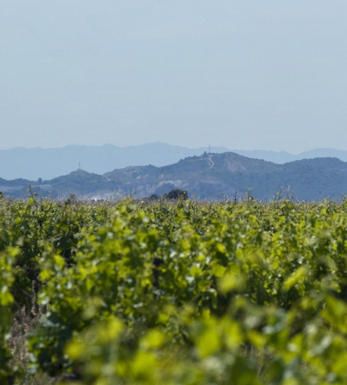
About this WINE

Domaine de la Mordoree
Christophe and Fabrice Delorme at Domaine de la Mordorée did not take long to project this fine estate (which is named, somewhat poetically, after a woodcock) into the Premier League.
Based in the Southern Rhone appellation of Tavel, the brothers make, as one would expect, delicious rosé wine in addition to a very fine Lirac and an excellent Châteauneuf-du-Pape.
Christophe produced his first wines there in 1987. Up until that time the estate had been little more than a hobby for his father, an industrialist with two great passions; shooting and wine.
Christophe totally refurbished and modernised the winery as well as replanting much of the vineyards. Today the domaine has 40 hectares of vineyards - 7 hectares in Tavel, 15 hectares in Lirac (top-notch examples), 16 hectares for generic Côtes-du-Rhône and 3 hectares in Châteauneuf-du-Pape.
The vineyards are organically cultivated as much as possible, only using chemical weedkillers and pesticides as a very last resort. As for the winemaking, the grapes are all systematically destemmed upon arrival at the winery and vinification takes place in temperature controlled stainless steel fermenters. The wines are then matured in a mixture of stainless steel vats and new oak barrels. The Châteauneuf-du-Pape Cuvée de la Reine des Bois is a limited bottling only produced in the very finest years.

Lirac
A short hop across the river Rhône from Châteauneuf-du-Pape, Lirac was traditionally best-known for its rosés, but increasingly its approachable, full-bodied reds are taking centre stage. Less Grenache-dominated than its neighbours, the current trend for Lirac is towards a greater proportion of Syrah and Mourvèdre, which gives the wines a pleasing firmness and a rich, silky spiciness. The wines can normally be enjoyed from two years’ ageing, up to 10 in some cases.
Lirac’s full, fragrant, food-friendly whites are surprisingly good, containing a minimum of one-third Clairette with the rest made up from Bourbolenc, Grenache Blanc and up to 25 percent each (but no more than 30 percent in total) of Marsanne, Roussanne, Viognier, Ugni Blanc and Picpoul. They are best enjoyed in their youth but can last for up to five years.
Rosé production is declining here, which is a shame as the rosés are good value with a lovely, dry, full-bodied summer fruit palate that is zingier than either neighbouring Tavel (which they resemble) or Provence.

Southern Rhône Blend
The vast majority of wines from the Southern Rhône are blends. There are 5 main black varieties, although others are used and the most famous wine of the region, Châteauneuf du Pape, can be made from as many as 13 different varieties. Grenache is the most important grape in the southern Rhône - it contributes alcohol, warmth and gentle juicy fruit and is an ideal base wine in the blend. Plantings of Syrah in the southern Rhône have risen dramatically in the last decade and it is an increasingly important component in blends. It rarely attains the heights that it does in the North but adds colour, backbone, tannins and soft ripe fruit to the blend.
The much-maligned Carignan has been on the retreat recently but is still included in many blends - the best old vines can add colour, body and spicy fruits. Cinsault is also backtracking but, if yields are restricted, can produce moderately well-coloured wines adding pleasant-light fruit to red and rosé blends. Finally, Mourvèdre, a grape from Bandol on the Mediterranean coast, has recently become an increasingly significant component of Southern Rhône blends - it often struggles to ripen fully but can add acidity, ripe spicy berry fruits and hints of tobacco to blends.



Buying options
Add to wishlist
Description
A glorious triptych of Grenache, Syrah and Mourvèdre, Mordorée’s Lirac shows exactly what can be done in this slightly under-appreciated Appellation. Dense of colour and sumptuous of aroma, the wine is a symphonic celebration of black fruit, pepper and spice, generously textured but incredibly elegant, harmonious and long.
Simon Field MW, BBR Buyer, August 2011
wine at a glance
Delivery and quality guarantee